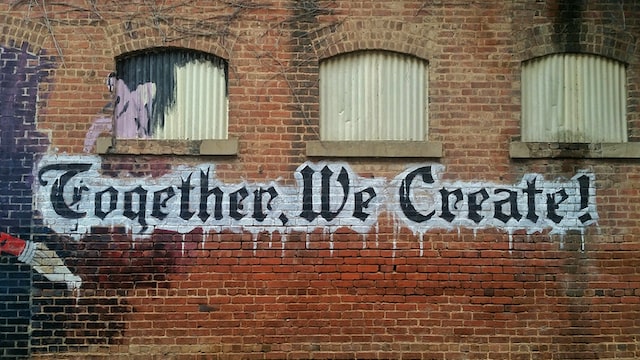Analyzing real-world examples of companies that have successfully embraced industry shifts through innovative design strategies

GUEST POST from Chateau G Pato
In today’s fast-paced and ever-changing business landscape, companies are constantly striving to stay ahead of the curve and remain competitive in an increasingly crowded market. One key strategy that has proven to be successful for many companies is disruptive design – a design approach that challenges traditional industry norms and sets new standards for innovation.
In this article, we will delve into two case studies of companies that have successfully embraced industry shifts through innovative design strategies. By analyzing their approaches and the outcomes of their efforts, we can gain valuable insights into how disruptive design can drive growth and transformation in any business setting.
Case Study 1: Airbnb
Airbnb is a prime example of a company that has revolutionized the travel and hospitality industry through disruptive design. Founded in 2008, Airbnb disrupted the traditional hotel model by allowing individuals to rent out their homes or spare rooms to travelers, creating a more personalized and unique lodging experience.
One of the key elements of Airbnb’s disruptive design strategy was its focus on user experience. The platform was designed to be user-friendly and intuitive, making it easy for both hosts and guests to connect and transact. This seamless user experience, combined with innovative features such as user reviews and personalized recommendations, helped Airbnb rapidly gain traction and disrupt the industry.
Another key aspect of Airbnb’s disruptive design strategy was its emphasis on community building. By fostering a sense of belonging and connection among hosts and guests, Airbnb was able to create a loyal user base that continues to grow to this day. This strong community network has not only fueled Airbnb’s success but has also helped the company weather challenges and navigate industry shifts with agility.
Case Study 2: Tesla
Tesla is another prime example of a company that has embraced disruptive design to revolutionize the automotive industry. Founded in 2003, Tesla disrupted the traditional automotive market by focusing on electric vehicles and innovative technology, challenging long-held beliefs about the feasibility and viability of electric cars.
One of the key elements of Tesla’s disruptive design strategy was its focus on sustainability and environmental consciousness. By positioning electric vehicles as a cleaner and more sustainable alternative to traditional gas-powered cars, Tesla was able to tap into a growing consumer demand for environmentally friendly products and effectively differentiate itself in the market.
Another key aspect of Tesla’s disruptive design strategy was its relentless focus on innovation and technology. From cutting-edge battery technology to autonomous driving features, Tesla has consistently pushed the boundaries of what is possible in the automotive industry, setting new standards for performance, safety, and convenience.
Conclusion
By analyzing these case studies, we can see how companies like Airbnb and Tesla have successfully embraced industry shifts through disruptive design strategies. By focusing on user experience, community building, sustainability, and innovation, these companies have been able to not only disrupt their respective industries but also drive growth and transformation in the process. As businesses continue to evolve and adapt to changing market dynamics, the lessons learned from these case studies can serve as valuable insights for any company looking to stay ahead of the curve and remain competitive in today’s fast-paced business landscape.
SPECIAL BONUS: Futurology is not fortune telling. Futurists use a scientific approach to create their deliverables, but a methodology and tools like those in FutureHacking™ can empower anyone to engage in futurology themselves.
Image credit: Unsplash
![]() Sign up here to get Human-Centered Change & Innovation Weekly delivered to your inbox every week.
Sign up here to get Human-Centered Change & Innovation Weekly delivered to your inbox every week.